Technical drawing of metal components: the most used symbols
In the design of the metal components that must be made from a particular metal, which can be a sheet of steel, iron or copper, a fundamental importance has the geometric symbols that are present. Correctly define the design of the desired part and interpret the symbols that define the tolerances of the geometric dimensions of the piece to be produced is the only way to achieve exactly what the customer wants without errors and without waste, thus managing both the raw material as well as the time and use of the machines with a consequent reduction in costs.
More specifically, tolerances can be relative to shape, orientation, oscillation and position. From geometric symbols and tolerance values associated with the geometric designs of the metal components to be produced, the designer is able to identify the best production chain that leads to the correct geometric realization of the particular defining: the type of material to be used, the quantity required, the type of moulding and any finishes.
Generally speaking, the more symbols are associated with the geometric design and the higher the severity of the values in terms of tolerance, the more the metal component to be produced will be particularly specific and will require greater attention and cost. Now let’s see together which are the 5 most used symbols that deserve to be known by the potential customer, so that he can better interpret the project presented.
Flatness (tolerance of form)
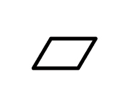
The flatness of an element is achieved when one wants to obtain a plane surface in its totality, that is, when the distance of each point from an ideal shaped surface is included or equal to the tolerance required. This can be the case, for example, where the workpiece has to be integrated into a fluid distribution system and a uniform distribution of the fluid over the surface is desired, avoiding local concentrations.
Parallelism and perpendicularity (tolerance of orientation)
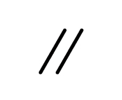
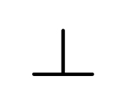
The tolerance of parallelism and the tolerance of perpendicularity with respect to a reference surface, in the case of strict tolerances, require specific steps during the moulding process that best delineate the desired shape.
Concentricity (tolerance of position)
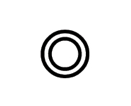
The tolerance of concentricity refers to two circles with the centre of the second falling within the circle of radius equal to the tolerance built on the centre of the first circle. A sequence of specific operations during the part moulding process is required to obtain an optimal result in the event of a strict tolerance for concentricity.
Roughness (surface tolerance)
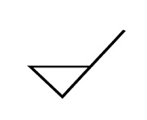
The tolerance of roughness indicates the desired result in terms of the porosity of the sheared wall; in this case it is possible to achieve an optimal result through subsequent trimming steps compared to the moulding.
Metal components: how to optimize production
In Prodotti EBI we evaluate together with the customer the actual need for tolerances in the project and, based on the final location of the product and its operation, We optimize every aspect of the project in such a way as to obtain the desired result by reducing production costs. Thanks to our in-house team we can also propose custom projects and thus achieve completely tailor-made metal components even for small batches.
To learn more about the production method used in EBI Products and define together your project, you can contact our experts here.